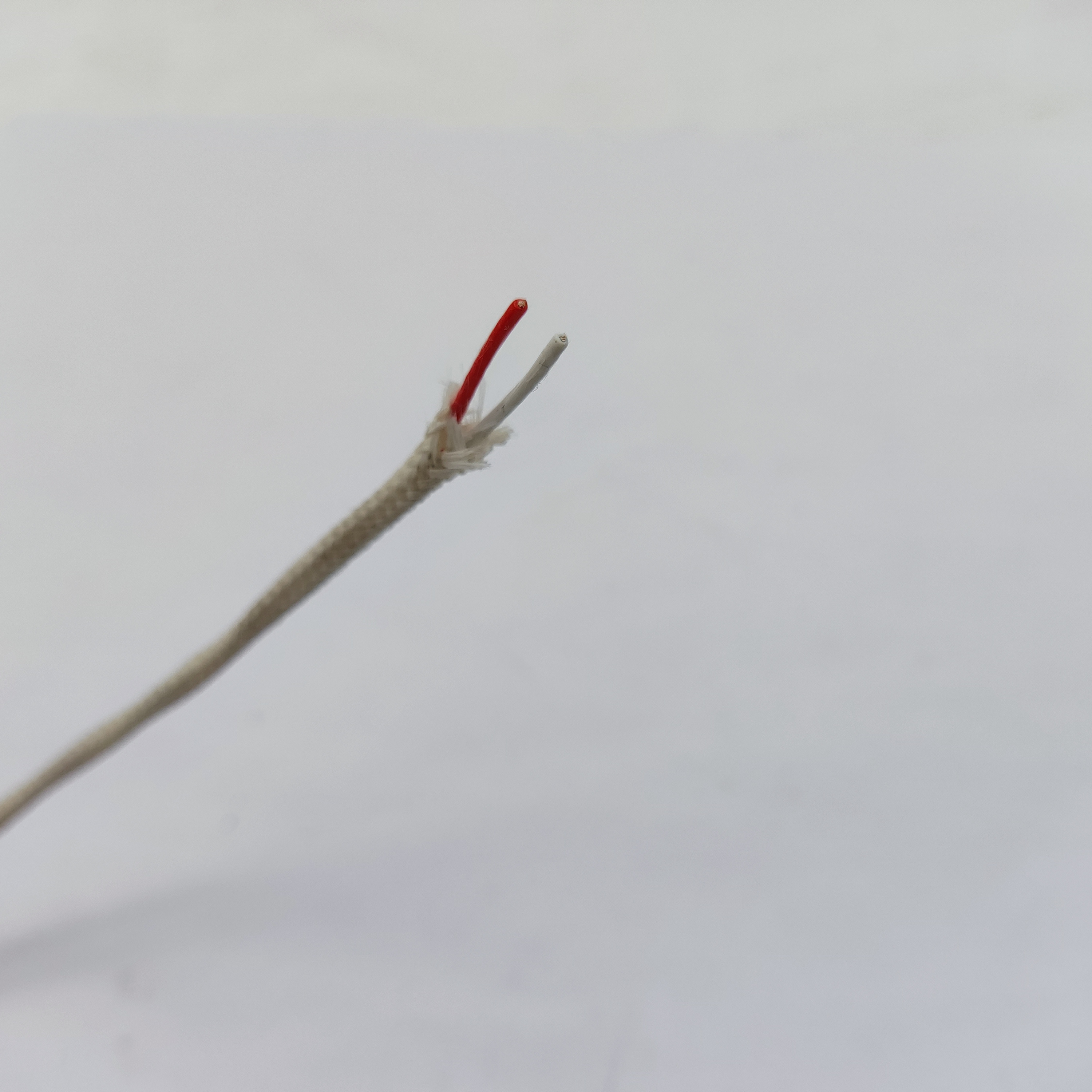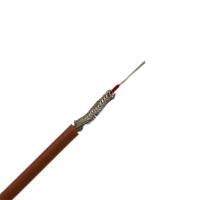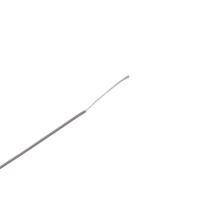In modern industries and complex electronic application
environments, the requirements for cable performance are becoming
increasingly stringent. Especially in high - temperature working
conditions, cables need to possess stable and reliable
characteristics. High - temperature cables with glassfiber braiding
play a significant role in numerous fields, relying on their unique
structures and excellent properties.
I. Structural Features
1. Conductor: Tinned copper is adopted as the conductor material.
It has excellent electrical conductivity, which can effectively
reduce the resistance loss during signal transmission and ensure
stable current transfer. The tin - plating treatment enhances the
oxidation resistance of the copper conductor, extending the service
life of the cable and enabling it to maintain good electrical
performance in various complex environments.
2. Structural Details: The specific structure of the conductor is
7/0.12, which means it is composed of 7 fine copper wires with a
diameter of 0.12mm twisted together. This multi - strand twisted
structure endows the cable with good flexibility, making it easy to
bend and install during wiring, and adapting to various complex
wiring environments.
3. Insulation Layer: The insulation material is FEP (fluorinated
ethylene propylene). FEP has outstanding insulating properties,
which can effectively isolate the electrical connections between
conductors and between the conductor and the outside world,
preventing signal interference and short - circuit phenomena.
Meanwhile, it can maintain stable physical and chemical properties
in high - temperature environments, ensuring the insulation
reliability of the cable during high - temperature operation.
4. Number of Cores: This cable has a 2 - core structure, which is
suitable for application scenarios that require the simultaneous
transmission of multiple signals or power, such as the combination
of power lines and signal lines in some small - scale electronic
devices.
5. Jacket: The outermost layer is a glassfiber braided jacket,
which is a major feature of this cable. Glassfiber has
characteristics such as high strength, high - temperature
resistance, and corrosion resistance. The braided structure not
only provides mechanical protection for the cable, preventing it
from being damaged by external forces, but also remains stable in
high - temperature environments, ensuring that the cable can
operate normally within a wide temperature range from - 40°C to +
200°C.
II. Electrical Performance
1. Rated Voltage: The rated voltage of this cable is 60V, making it
suitable for some low - voltage electrical equipment and electronic
devices. It can stably transmit power and signals within this
voltage range, meeting the normal operation requirements of these
devices.
2. Rated Temperature: Its operating temperature range is from -
40°C to + 200°C, demonstrating excellent high - temperature and low
- temperature resistance. Whether beside high - temperature
industrial furnaces or in cold outdoor environments, it can
maintain good electrical and mechanical properties, ensuring the
reliable operation of equipment.
III. Application Fields
1. Industrial Automation: In automated production lines in high -
temperature environments, it is used to connect various sensors,
actuators, and controllers to ensure stable signal transmission and
the normal operation of equipment. For example, in the high -
temperature rolling workshops of steel mills, the cable needs to
work in an environment with high - temperature radiation and
vibration. The glassfiber braided jacket of this cable can
effectively resist high - temperature and mechanical damage,
ensuring the stable and reliable automated control of the
production line.
2. Electronic Equipment Manufacturing: During the production of
some electronic equipment with high - temperature requirements,
such as high - temperature testing equipment and electronic welding
equipment, this cable can be used as an internal power line or
signal line. Due to its high - temperature resistance, it can
ensure the stability of electrical connections in equipment during
long - term high - temperature operation.
3. Aerospace: In the aerospace field, some equipment needs to
operate in extreme temperature environments. The high - temperature
and low - temperature resistance as well as good flexibility of
this cable make it suitable for sensor wiring in aircraft engine
compartments, internal connections of satellite electronic
equipment, etc., ensuring the accuracy and reliability of signal
transmission under harsh environmental conditions.
High - temperature cables with glassfiber braiding, with their unique structures and
excellent performances, provide reliable connection solutions for
numerous high - temperature applications. With the continuous
development of technology, their application prospects will be even
broader.












